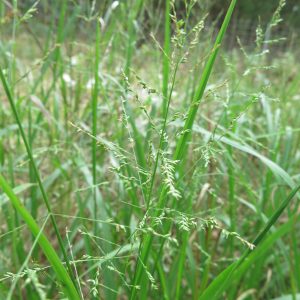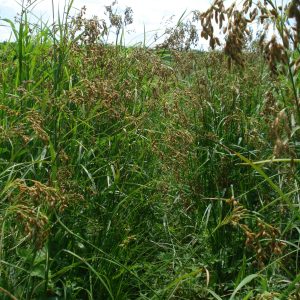Meadow Sedge
Carex granularis
Seeds eaten by birds; foliage eaten by livestock and the caterpillars of various butterflies
$3.00 – $206.00
For quantity discount pricing, request a quote.
Description
Carex granularis, commonly known as Meadow Sedge, Limestone Meadow Sedge, or Pale Sedge, is a native perennial sedge. Meadow Sedge can be distinguished from other Sedges by the grainy appearance of its pistillate spikelets. Other sedges with a similar appearance tend to have pistillate scales that are longer and more conspicuous.
Wildlife notes
The caterpillars of various butterflies, skippers, and moths feed on Carex spp. (primarily the foliage). Other insects feeding on Carex spp. include Striped Sedge Grasshopper, Otte’s Sedge Grasshopper, and various leafhoppers. The seeds of Carex spp. are a significant source of food for upland gamebirds, waterfowl, and songbirds. The foliage of Carex spp. is not preferred as a source of food by deer and rabbits.
Forage notes
Livestock will eat the foliage.
Landscaping notes
Grows best in full to partial sun, wet to mesic conditions, and a loam or clay-loam soil. This species also tolerates rocky or gravelly soil that is somewhat alkaline.
Restoration notes
Habitats include openings in woodlands, swamps, riverbottom prairies, moist dolomite prairies, weedy meadows, fens and seeps, moist depressions in limestone cliffs, and abandoned fields. This species occurs in both disturbed areas and higher quality habitats.
Additional information
| Weight | N/A |
|---|---|
| Unit | Packet, Ounce, Pound |
| Light | Full Sun to Part Shade |
| Soils | Average, Moist |
| Height | 12"-24" |
| Bloom Month | May, Jun |
| Color | Green |
| Specialty Uses | Wildlife |
| # seeds/pkt | 200 |
| Packet coverage area | 5 sq. ft |


